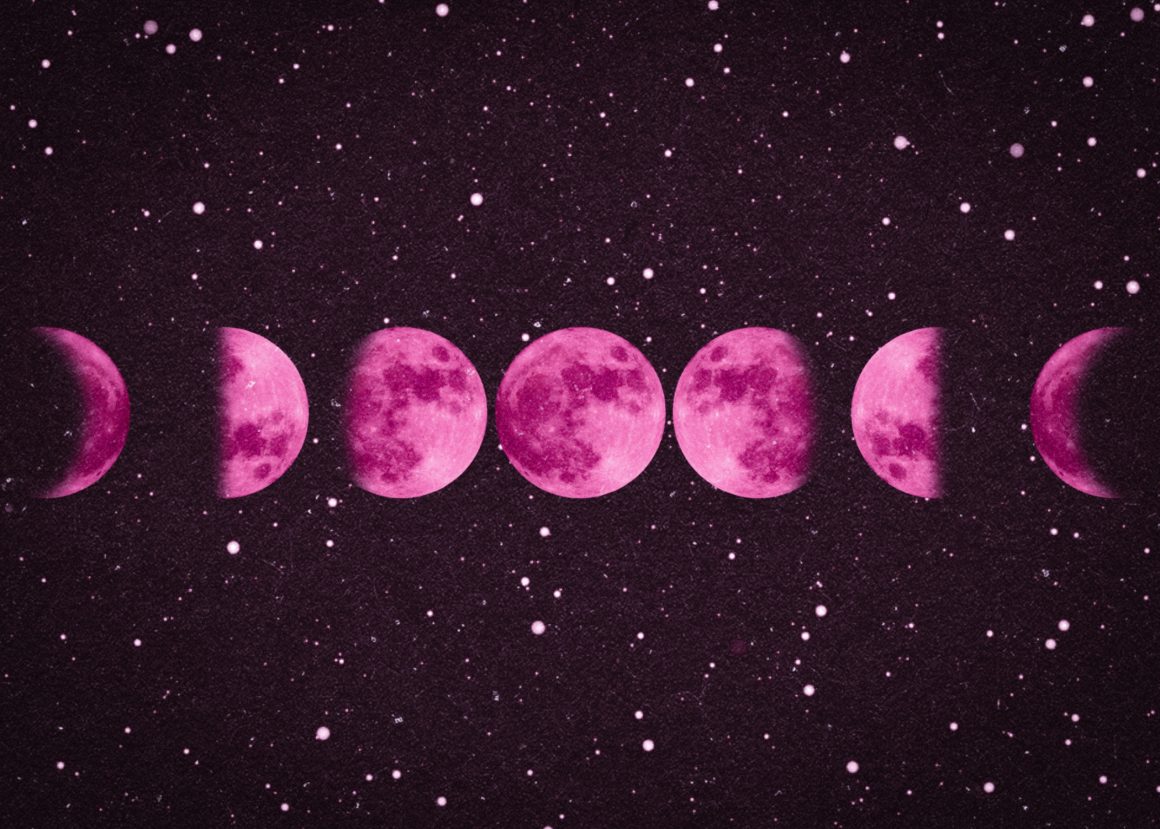
Astronomy highlights of April and beyond
By Ansharah Shakil, April 17 2024—
This month is full of exciting surprises for April’s night skies, from a solar eclipse and super new moon on Apr. 8 to the Lydis meteor shower on the 22nd to the full moon on the 23rd, called the Pink Moon.
Just recently, March’s Worm Moon showcased a penumbral lunar eclipse for some parts of the world. The astronomical spotlight for this month is the rare celestial event of April’s solar eclipse. The solar eclipse occurs on the same day as the super new moon, referring to a full or new moon that coincides with perigee, the closest point of the moon to the Earth.
April’s full Pink Moon represents the beginning of spring and is named for the blossoming of the springtime wildflower Phlox subulata — also called creeping phlox, moss phlox or moss pink. The phlox is one of the first flowers to bloom in the spring. While the moon doesn’t actually appear pink, its name instead comes from the Old Farmer’s Almanac, which designates each full moon and often each lunar month with a name that corresponds to its folklore, tradition or time of year.
Many cultures have different names for full moons. Other names for April’s full moon include the Algonquin name Breaking Ice Moon, the Cree name Frog Moon and the Anishinaabe name Sucker Moon, while the Chinese moon name for April is the Peony Moon and the Celtic is the Growing Moon. These names refer to the end of winter and the emergence of animals or plant life. On May 23, the full moon is called a Flower Moon for spring associations, and on June 21, the full moon is called a Strawberry Moon to welcome the summer solstice.
At around the same time as the full moon this month, we will be treated to the annual Lyrid meteor shower, notable for ending the meteor drought experienced from January to April. One of the oldest meteor showers, the Lyrids is caused by the debris of the passing Comet Thatcher. Per hour, 10 to 15 Lyrids may be seen, but Lyrid outbursts can lead to up to 100 shown. The shower will be impacted by the waxing gibbous moon, with a predicted peak of April 22.
The best way to see the full moon is in an open area at peak illumination, which for the pink moon will take place at 5:49 p.m. MT. In addition to this month’s and the upcoming full moons, this summer on Aug. 19 we will have a blue moon — the third full moon in a season with four full moons — and a super full moon in September. If you missed the March lunar eclipse, a partial lunar eclipse will be taking place on Sept. 17. With April’s night sky highlights and so many future special moon phases to look forward to, this year’s astronomy season is shaping up to be one-of-a-kind, with events that you can’t miss.
